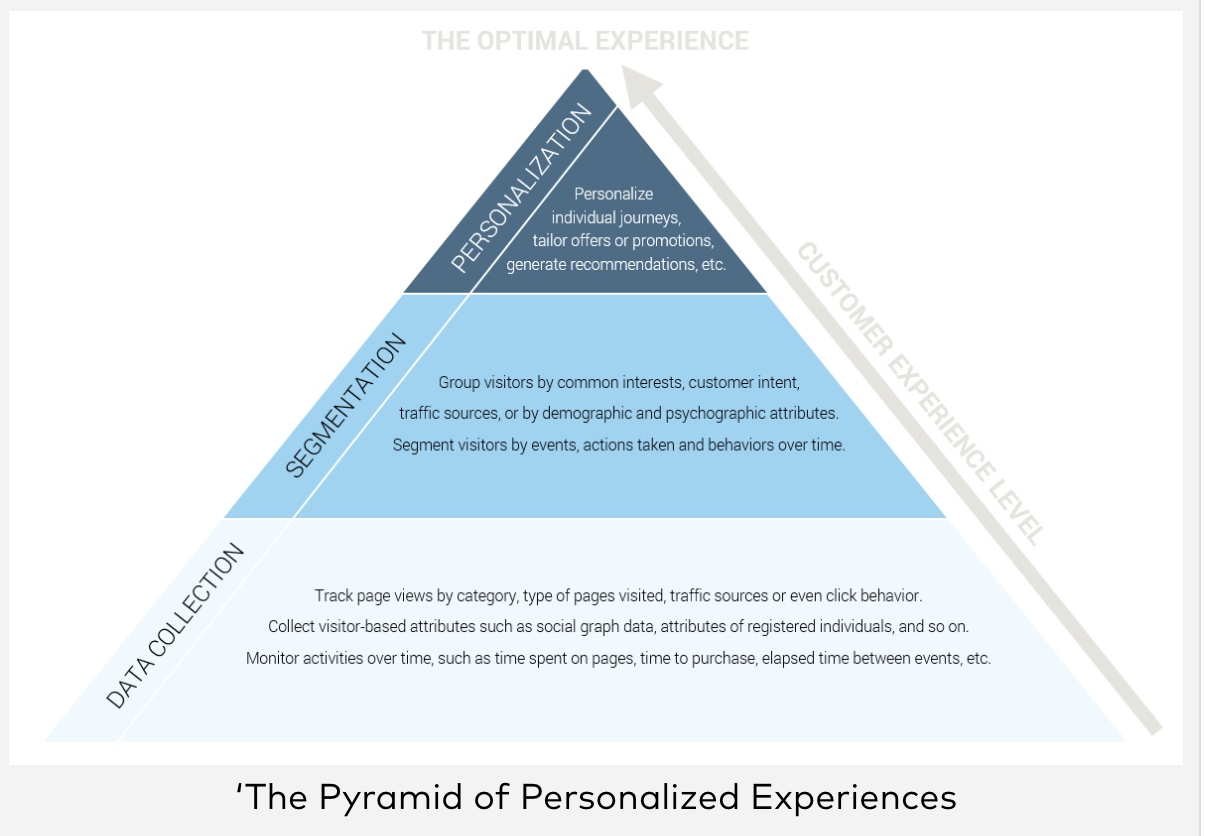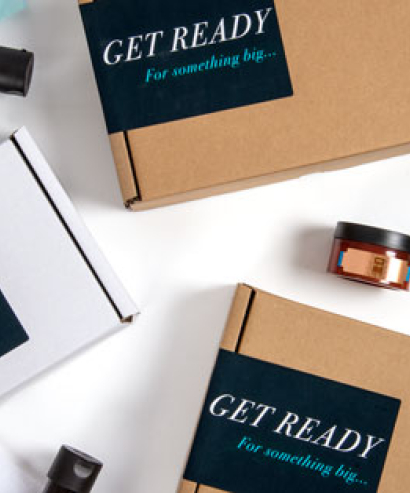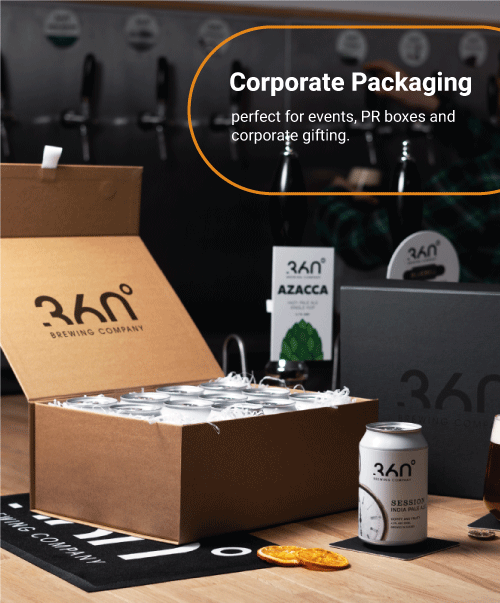
Staying ahead of marketing trends is vital for businesses big and small to remain competitive in today’s market - and they are constantly evolving, driven by factors like changing consumer behaviour and technology. Here, we look at some key tips and trends in 2024 that will guide you in your marketing efforts for the rest of this year and beyond:
- Know your brand
First thing’s first - it’s important to know your brand’s identity, tone of voice, and goals when coming up with your strategy, as it needs to be consistent across all your marketing materials. To do this, Tiny Box Clinic - which offers free advice to small businesses - recommends 5 steps to building a brand:
- Know your why - work out what problem/pain points you’re solving.- Know your who - work out who you’re trying to reach.
- Craft your voice - create a tone of voice for your brand to use.
- Design your look - create a visual identity that’s consistent across all channels.
- Live the brand - ensure your actions across the entire business reflect your values.
Use a mix of blog articles, videos, infographics, and social media posts to keep your content fresh and engaging and reach as many of your customers as possible, and create high-quality and informative content to help address your customers’ pain points and interests and add further value to your brand.
- Make it personal
Creating personalised content is a vital aspect of marketing, as customers expect what they see to be tailored to them. It’s therefore essential to research who your customer base is and what their pain points are, so you can address these in your marketing materials. Data analytics can also help you understand your customers' behaviours, preferences, and purchase history, and you can then use this information to make personalised product recommendations, offers, articles, and more.
Marketing automation tools can also deliver targeted messages, personalised offers, and relevant content to customers at specific times, and if you segment customers based on their preferences and behaviours you can make sure messages and offers are just right for them.
There’s a clear trend - consumers crave personalised experiences that speak directly to their own unique needs and desires. Not limited only to specific industries, personalising the customer experience is in every aspect of our lives, so it’s important to engage with your customers.
- You can’t ignore AI
Artificial intelligence (AI) has been everywhere this year, and it’s changed the way businesses work and how they interact with customers. For example, chatbots, powered by AI, can provide quick responses to certain customer queries, freeing you up to focus on more complex customer issues.
AI can also be used to help personalise product recommendations for customers, create tailored marketing campaigns, and optimise website design.
- What is hyper-personalisation?
Hyper-personalisation is a form of marketing that uses AI with real-time data to create products, services, or content specific to customers. It can improve experiences at each step of the customer journey, as retailers and brands can map out these journeys and identify priority touchpoints for personalisation at all stages - from awareness, to purchase, and advocacy.
Hyper-personalisation enables companies to better understand their users and customers so that they can market and recommend their products and services in a way that is as personalised as possible.

- Embrace video content
Short-form video content has become increasingly popular online, as it can allow your business to engage with customers in a fast, creative, and engaging way, and this trend is expected to continue.
Social media platforms like TikTok, YouTube Shorts, and Instagram Reels can reach a wide audience, and you can use them to upload great videos that grab viewers’ attention without taking up too much of their time. Experiment with different ideas such as tutorials, behind the scenes footage, and user-generated content, to keep your content fresh and interesting, and see what works best for each platform.
Many customers will also view online content on their mobile devices, so ensure that your website and other platforms are mobile-friendly, optimising website speed, navigation, and mobile responsiveness.
For social media marketing, focus on the platforms most of your customers use, and create engaging and shareable content that aligns with your brand voice and values. Expand your reach and drive conversions even further by utilising social media advertising and influencer partnerships.
For more social media marketing tips, visit our blog post here.
- User-generated content
User-generated content (UGC) boosts your brand’s visibility by allowing customers to share their real-life stories and experiences with using your products. This builds trust and credibility as potential customers will see others using and enjoying what you’ve made - so repost their content on your accounts (with permission) and give them credit.
You can also conduct polls and surveys online and on social media related to your products, services, or industry, which is a fun way to gather feedback and insights from your audience, and make them feel included.
Building community trust is also important as customers are increasingly seeking transparency from brands. To do this, ensure that your brand's values and messaging align with your customers’ expectations and beliefs - so it’s important to find out their pain points and how you can address these.
For example, many consumers are becoming increasingly concerned about shopping sustainably, in which case it would be worth highlighting how your products and company practices are helping the environment.
Be open and honest about your brand's practices, products, and services, and actively engage with customers by responding to their feedback and involving them in your decision making.
- Quality check and SEO
Having high-quality content on your website is vital, particularly given how much information is now so easily available. Good content will help you engage with your customers, and will position you as a thought leader and expert in your industry.
Search engine optimisation (SEO) is an essential part of digital marketing, so it’s always worth keeping up to date with SEO strategies like keyword research, on-page optimisation, and link building. Make sure your websites are optimised for mobile devices, and optimise content for voice search queries by using natural language and long-tail keywords.
In order to increase SEO on your website, make sure to prioritise high-quality, informative, and relevant content as this will lead to better rankings on search engines. It will also help you establish more trust and credibility with your customers so you can foster long-term relationships.
Case studies are also a valuable tool for showcasing your brand’s products and services. Use visuals, like images, infographics, or videos, to present them in an engaging way, and include quotes or testimonials from customers who have benefited from using your product or service.
In conclusion
Planning a marketing strategy can feel daunting, but there are several ways it can be done effectively. For more marketing tips, check out the Tiny Box Clinic - a space for small business owners to connect, learn, and comment.
*To know how to apply the tips we’ve spoken about and ‘jargon-bust’ us, look out for more blogs on Tiny Box Company.






































